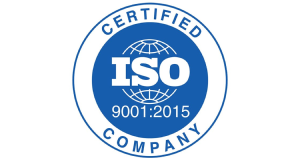T1, T2, and T2L are different types of transit procedures
T1, T2, and T2L are different types of transit procedures used in the European Union (EU) and Common Transit Countries for moving goods under customs control. Here’s how they differ:
1. T1 (External Transit)
Used when non-EU goods (i.e., not in free circulation) are transported within the EU or Common Transit Countries (e.g., UK, Norway, Switzerland, Turkey, etc.).
The goods remain under customs supervision and do not clear customs until they reach their final destination.
Typically used when importing goods from outside the EU before they are customs cleared.
?? Example: A shipment arrives in Rotterdam from China and is moved under a T1 transit document to Germany, where it will be customs cleared.
2. T2 (Internal Transit)
Used for EU goods (i.e., goods in free circulation) moving between two points within the EU or Common Transit Countries via a third country.
Ensures that goods maintain their EU status while in transit through a non-EU country.
?? Example: A truck carrying EU-origin goods moves from Spain to Finland but passes through Switzerland. A T2 transit document is issued to confirm the goods remain in free circulation.
3. T2L (Proof of Union Status)
Used to prove that goods have EU status when they are transported to certain territories that are part of the customs territory of the EU but not its VAT territory.
This is not a transit procedure but rather a document proving that the goods are already in free circulation.
Required for territories like the Canary Islands, the Channel Islands, or certain French overseas territories.
?? Example: A shipment from mainland France to Guadeloupe requires a T2L document to prove the goods are EU-origin and don’t need to be declared as an import.
Key Differences in Summary:
T1 - External Transit Non-EU goods moving within the EU
China › Rotterdam › Germany (T1 issued in Rotterdam)
T2 - Internal TransitEU goods moving via a non-EU country
Spain › Finland via Switzerland
T2L - Proof of Union Status EU goods moving to certain EU territories
France › Guadeloupe
Kaynak: Evrim














